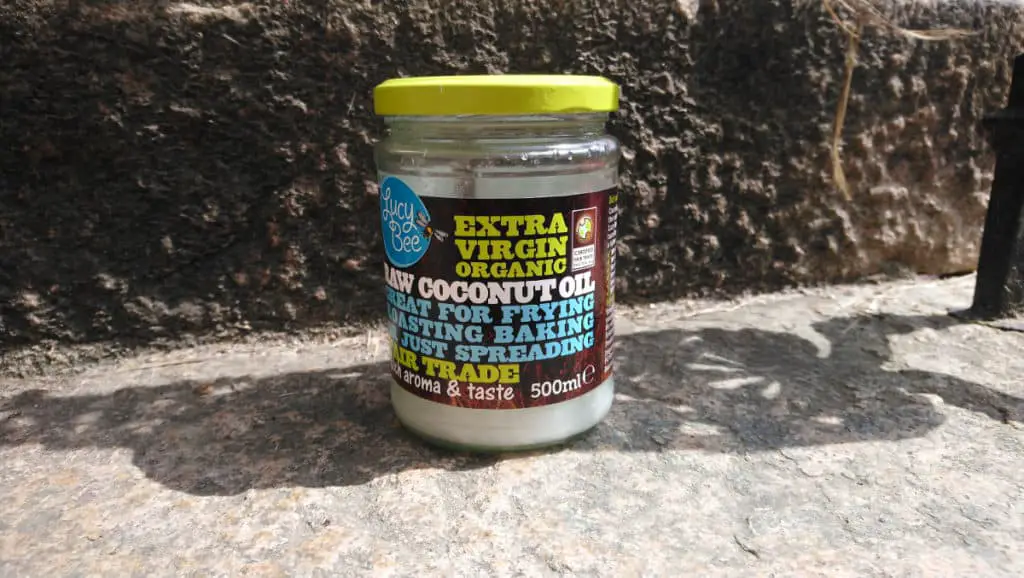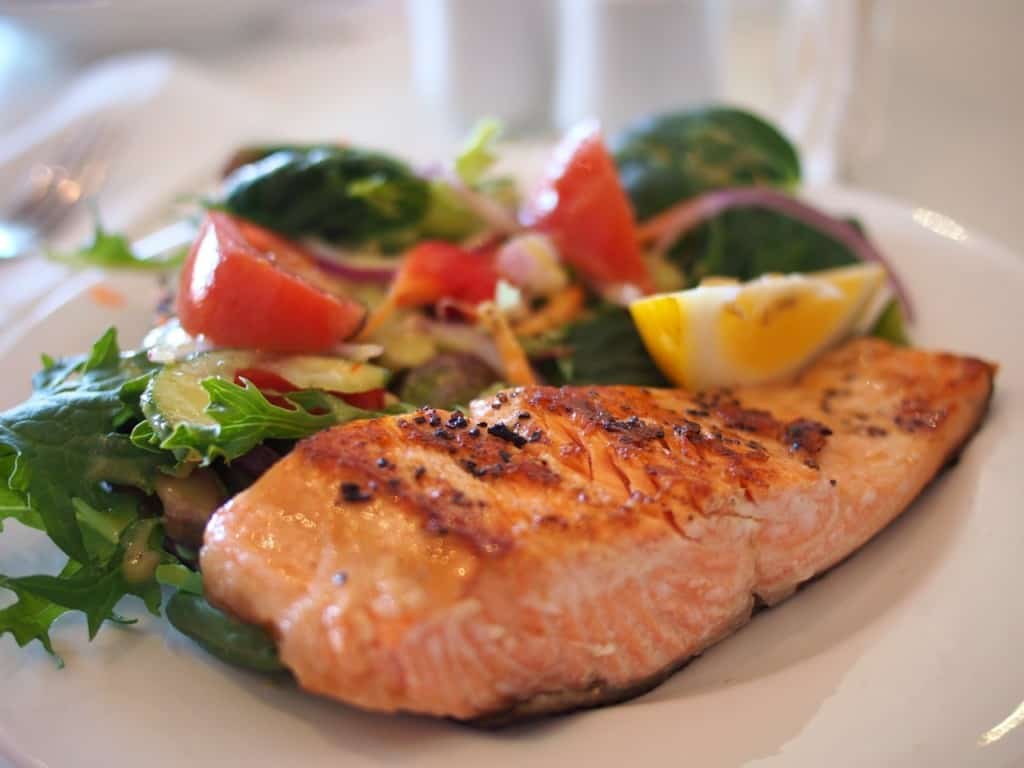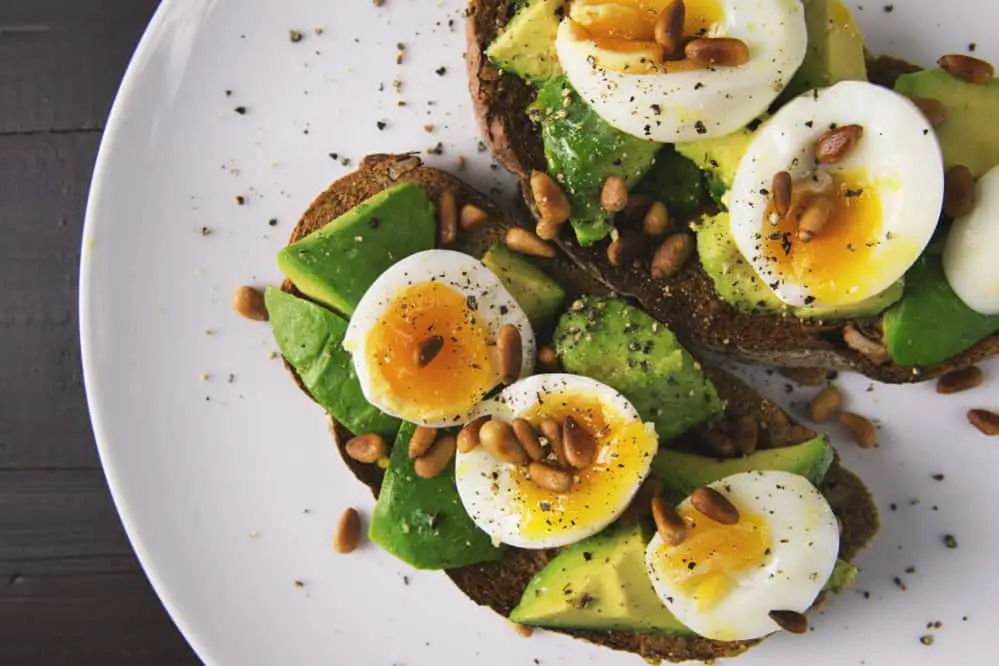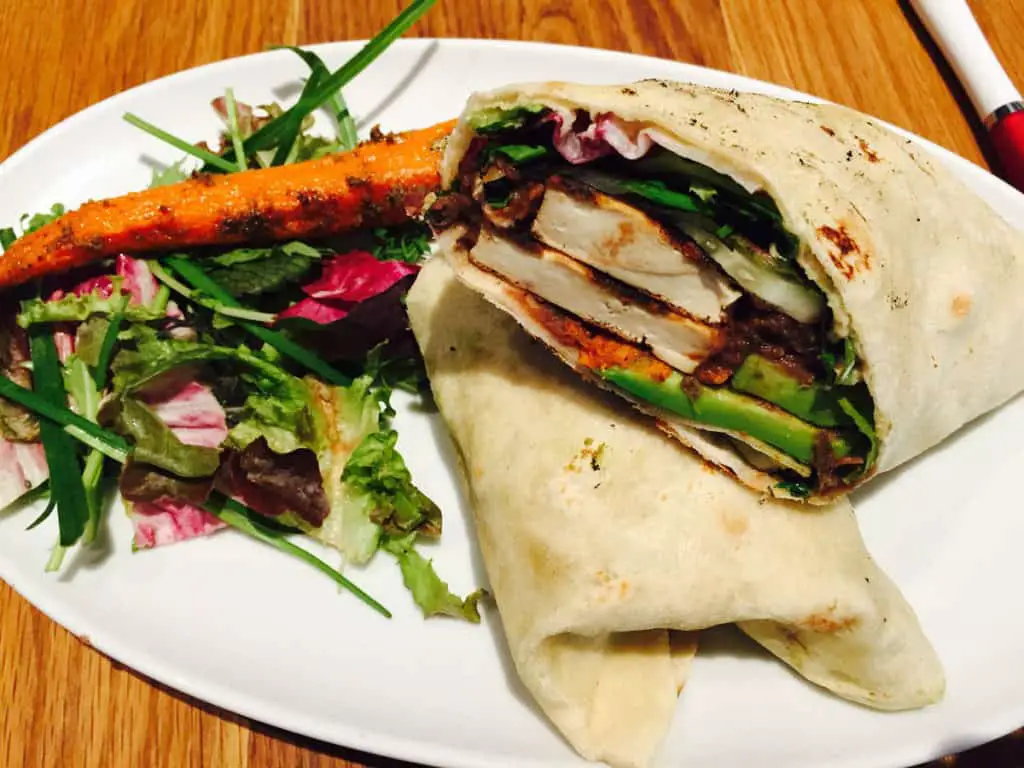We all need a minimum quantity of calories to live. This minimum calorie’ number is known as the Basal Metabolic Rate (BMR). So precisely what is the BMR? How is it necessary for us? How do you calculate your BMR?
You may be asking yourself these questions, I’ve been there when I first started training properly.
Basal Metabolic rate is the number of calories your body uses at rest. Your body requires energy to provide the basic life functions and to keep them going
- Brain Functions
- Breathing
- Internal Organs
- Digestion of food
- Sleeping
If you continually consume fewer calories, than your recommended BMR your body would not be able to function correctly, and you will find it hard to lose weight.
You may end up feeling tired and run down.
Use my Calculator to find out your BMR.
This comprehensive guideline seeks to answer this and many more questions about BMR and give you a better understanding of what it is all about.
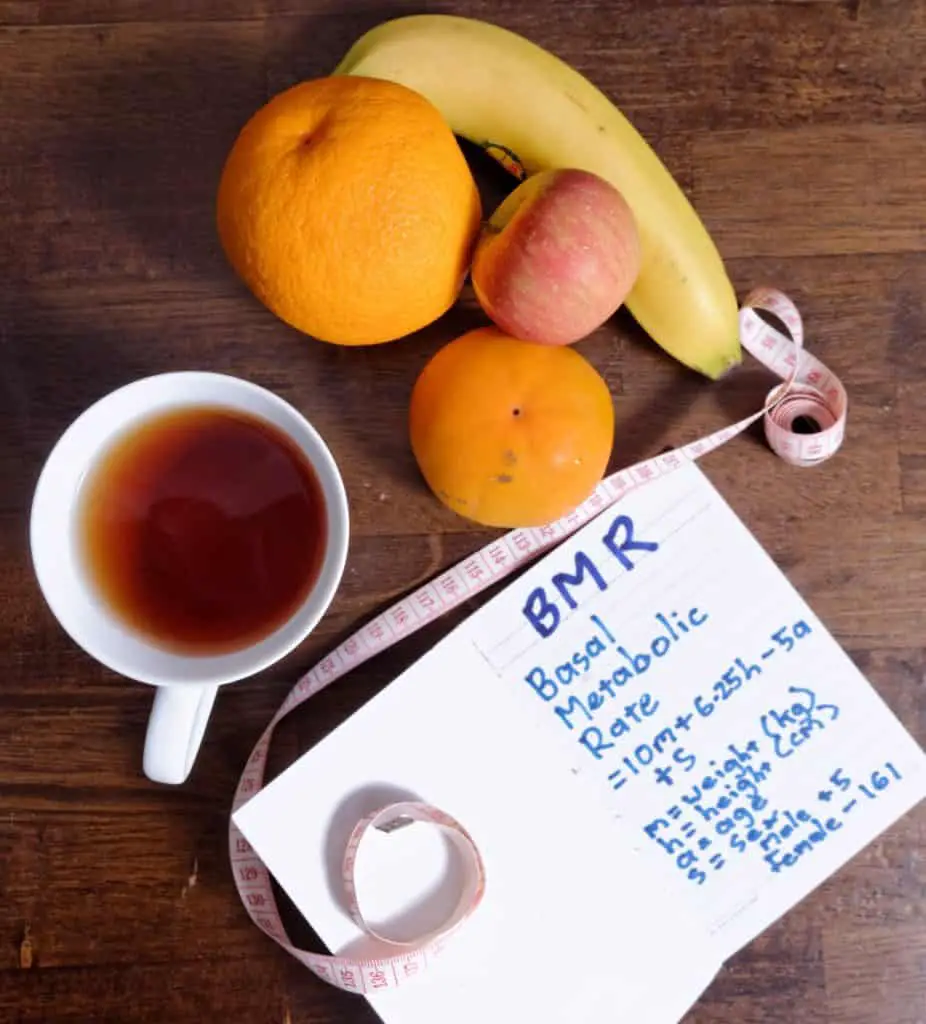
Definition
As mentioned above, BMR is how many calories in total you need to keep your body functioning at rest. It is also referred to as the body’s metabolism.
As such, any increment in your overall metabolic weight, which is the amount of active tissue in the body will boost your BMR, for example adding muscle.
You can calculate your own BMR which is exclusive to yourself as everybody’s BMR is different. Usually, what you need to estimate your BMR are your gender, height, weight, and age, and a BMR calculator.
However, before we get into this, it is vital that you understand why your BMR is essential.
Why Does Your BMR Matter?
After calculating your BMR which I will show you later in this article, it can be used to calculate how many calories your body burns daily.
From here, you can further determine the number of calories you require to lose weight, gain muscle, or even maintain your current weight.
Your body is known to use a particular number of calories each day, and this is usually known as the Total Daily Energy Expenditure’ (TDEE). Your TDEE is generally determined by your activity level as well as your BMR.
It usually varies from one person to another depending on several factors such as age, sex, as well as activity level. Generally, women have a lower TDEE compared to their male counterparts. This is primarily because men have greater muscle mass.
Like BMR, you can also calculate your TDEE using a TDEE calculator, the calculator I use also calculates your TDEE. Click here to access my calculator.
However, unlike BMR, it is almost impossible to determine the exact TDEE levels since your activity levels vary by day and as such, the only known way to get near accurate numbers is going for a test at a sports/nutritionist facility.

BMR and RMR: What is the Difference?
BMR is often used along with another term-RMR or the Resting Metabolic Rate.’ As such, it is essential to identify the critical difference between these two terms.
Unlike BMR that only measures essential body functions such as blood circulation, breathing, as well as temperature while the body is in a state of rest, RMR further includes other processes such as daily non-exercise movements e.g. dressing as well as the energy your body disburses through digestion.
Usually, the number of calories used while performing some daily routines such as combing your hair tends to range around the same figure on most days.
Therefore, you can use either number when you’re trying to determine a rough estimate of how many calories in total you burn excluding your workouts.
Nonetheless, unless you get results from a sports/nutritionist facility, you can only use estimates (for RMR and BMR), although they can serve as a reference when you are establishing your workout or meal plans.
Both the RMR and BMR numbers are quite close, as such that they are almost interchangeable.
However, depending on your need, be sure to check which of the two numbers a calculator requires. For BMR, you can use a BMR calculator while for RMR, you can use an RMR calculator.
BMR is the more common of the 2 when it comes to calculating your calories.
How to Calculate Your BMR
There are three main methods that you can use to calculate your BMR:
- By using a scientific formula
- Sports/Nutritionist facility test
- Online calculator
None of these methods provides perfectly accurate results; although a Sports/Nutritionist facility test is your best shot at getting the most precise estimate.
Nonetheless, due to Sports/Nutritionist tests being quite expensive, you can choose either of the other two methods when calculating their BMR, it will provide you with a good starting point.
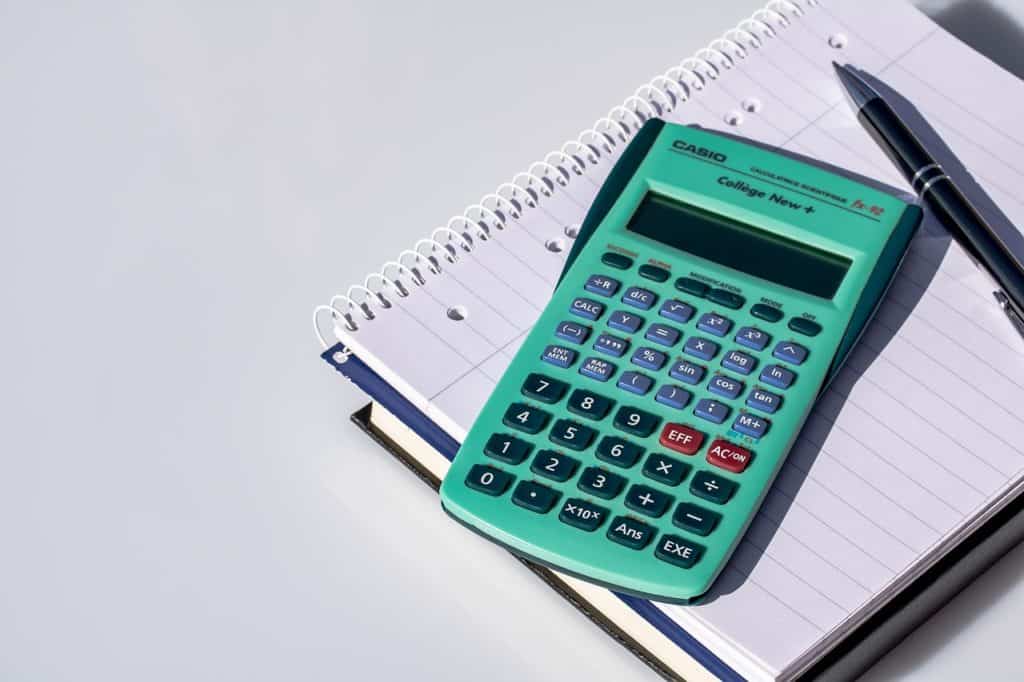
The formula to calculate BMR:
The following is the equation used in calculating your BMR. It is popularly known as the Harris-Benedict Equation and is used in calculating BMR:
- Women: BMR = 447.593 + (9.247 x weight in kg) + (3.098 x height in cm) – (4.330 x age in years)
- Men: BMR = 88.362 + (13.397 x weight in kg) + (4.799 x height in cm) – (5.677 x age in years)
With the online calculator, all you need is to fill in your weight, age, and height into the calorie calculator to find out what your BMR is, as well as the daily activity.
The calculator gives you an estimation of your daily caloric burn.
Factors that Affect BMR
Several factors affect your BMR, and they include:
- Gender
- Age
- Height
- Weight
- Genetics
- Body composition
- Ethnicity
- Weight history
Out of all these factors, only body composition and weight are what you can change.
When it comes to gender, genetics, or age, there is nothing much you can do. However, you can alter the composition of your body to improve your metabolism. The more muscle you have the higher your BMR will be.
Your BMR – Can You Change it?
Yes, You Can!
To change your BMR, the first step you should take is to increase muscle and shed off excess fat.
Even at a resting state, lean muscle mass compared to fat will burn more calories. Luckily, you need not be an athlete to enjoy the benefits.
According to multiple studies, you can increase your resting metabolic rate by 7-8% after only several weeks of participating in resistance training.
Is Reducing Your Calories Below Your BMR a Good Idea?
If you continue to eat just under your BMR, it will force your body to find an alternative source of calories to use. Usually, the best place to source the calories from is muscle as opposed to fat as many of us would assume.
The less muscle you have the fewer calories you require, but then not having enough muscle mass you start to feel weak and energy-less.
In comparison to fat, muscle burns relatively more calories, and as such, if your body uses muscle, it does not need calories to function during the day.
The body will identify how it can equal that which you are supplying to it.
Age and BMR: What Happens to Your BMR as You Age?
Have you heard about that notion, that no matter how high your metabolism is in your 20s and teens it’s all going to spiral once you hit the BIG 3-0?
This might not entirely be accurate; the truth of the matter is that usually metabolism slows down as we age.
However, it is not possible to identify at what precise age this happens! I’ve noticed this myself especially in my 30’s as I was not exercising much.
Once I started training and building muscle my BMR has increased and I can eat more before I put on weight. The downside is if I want to add more muscle I need to eat more than 3000 calories a day.
Our body metabolism changes with time or as we age; usually, it is preempted by naturally occurring hormonal shifts that occur across a constant number of years.
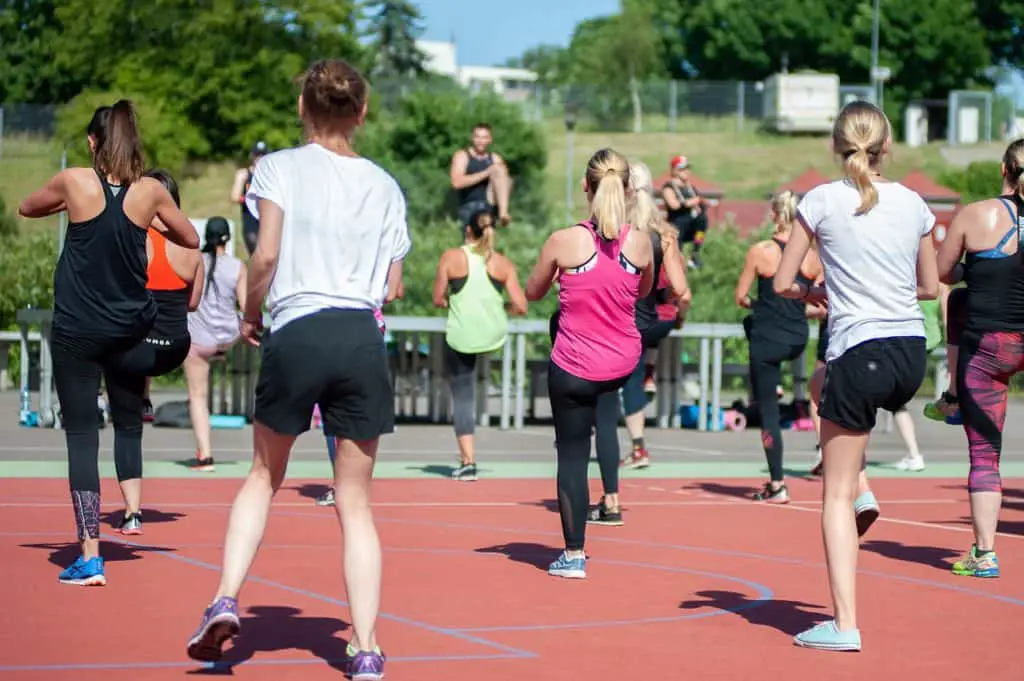
How Can You Use Your BMR to Lose Weight?
Having learned about BMR, what it is about, and how you can calculate it, you can now use this number to assist you in losing weight (Body Fat).
Combined with several other elements, your basal metabolic rate (BMR) can offer you an idea of the total calories your body burns in a single day.
An outline of the total number of calories burned in a day:
- Activity Thermogenesis (exercises and non-exercise movement) accounts for between 15% and 30% of the total number of calories the body burns in a day.
- The thermic food effect (calories which are burned from digestion and eating) represents about 10% of the overall calories burned on a daily basis.
- Basal Metabolic Rate: it accounts for between 60% and 75% of the overall calories burned every day. If the number of calories your body burns is higher than your caloric intake, you will subsequently establish a negative energy balance or a calorie deficit. For instance, a daily calorie deficit of between 500-1000 calories results in a significant loss of weight between a pound or two per week.
Your BMR goes down as you shed off weight, a factor that therefore means that you should consume even less as you cut down your weight further to lose weight.
Your decrease in BMR can be partly due to loss of muscle mass.
Nonetheless, you can effectively offset several of the changes in your overall BMR by engaging in strength-training exercises for building muscle.
Exercise
Follow a 3 – 5-day routine to work your muscles out.
You can do this using resistance bands, free weights, or regular body resistance exercises like sit-ups, squats, or even push-ups.
Nutrition
Since you already know how to determine your TDEE using your BMR, you can, therefore, use this knowledge to create a nutritional meal plan that is appropriate for your energy expenditure levels not to mention a plan that is not supplying too little or too many calories.
This awareness allows you to establish a nutritional plan that is well-scaled to suit your personal needs, a factor that is a break or make when it comes to your fat loss or muscle gain goals.
And if you are not entirely sure about where to start, you can always consult a fitness expert to help you create a customized exercise or meal plan just for you!
Conclusion
Educating yourself about your Basal Metabolic Rate (BMR) as well as how many calories you burn per day is a progressive step towards achieving and maintaining overall body fitness.
The more interest you show towards identifying what works for you, the easier it becomes for you to make appropriate life changes that produce genuine results!
